The Greatest Male Nudes in Art History (NSFW!)
Nudity started being an important subject in art in ancient Greece. The male body was celebrated at sports competitions or religious festivals, it...
Anuradha Sroha 7 June 2024
Ukiyo-e art, pictures of the “floating world” are famous among those interested in art history. Everyone knows Hokusai’s The Great Wave off Kanagawa. Ukiyo-e also became very popular among artists in the second half of the 19th century. With their colors, clear lines, and composition, they influenced artists such as Édouard Manet, Henri de Toulouse-Lautrec, Vincent van Gogh, and the French Impressionists. However, there is one type of ukiyo-e that isn’t presented as often as 36 Views of Mount Fuji. It’s the type that surprised Western visitors to Japan when they discovered it. The type that was characterized by a seemingly relaxed attitude to nakedness and sexuality. It’s Shun-ga, which in Japanese means “spring pictures.”
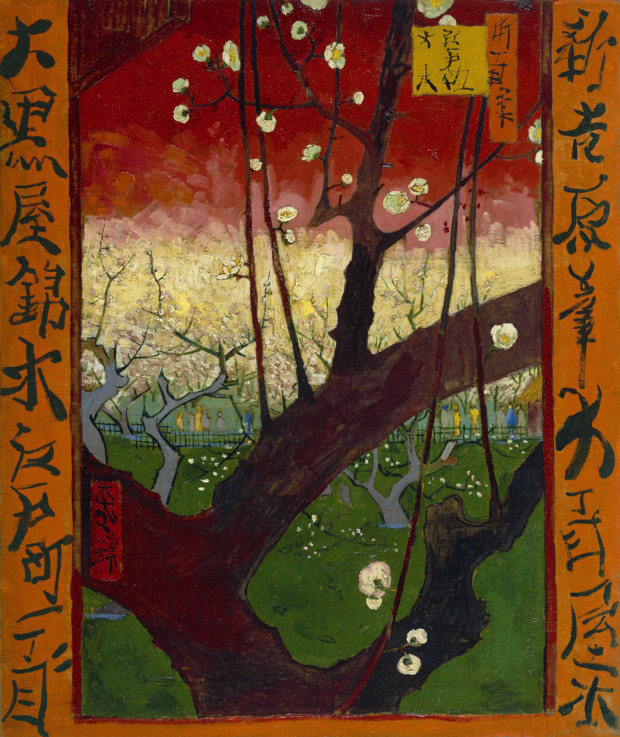
A few years ago in the MAK Vienna, there was an excellent exhibition; Shunga – Erotic Art from Japan, presenting erotic color woodblock prints loaned from the Leopold Museum, supplemented by prints from the MAK collection and further Viennese private collections.
Shunga was very popular in East Asia. Almost all great ukiyo-e artists produced erotic pictures. Although forbidden by the government, they were sold unsigned under the counter and are estimated to form up to 50% of ukiyo-e production.
The Japanese approach to sexuality was very different from the European one, where sexuality had been cloaked in heroic and religious connotations. European art was mostly limited to the female naked body (although male nudes rarely happened too, and we were trying to spot them in this article). In Japanese culture, a playful approach to sex is in central focus. Religion, philosophy, and medicine are often employed in them as a metaphor.
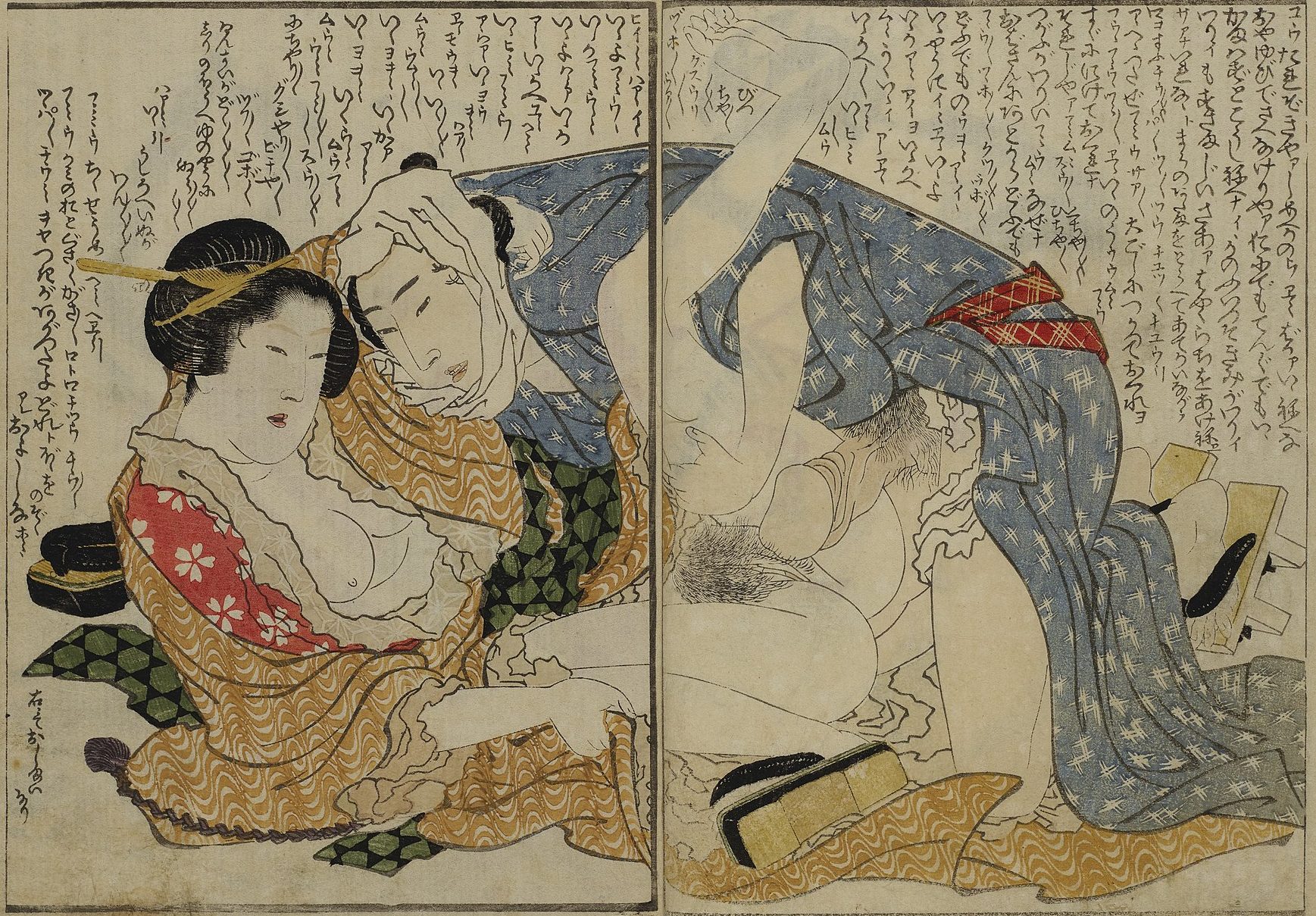
What always seems important is the consensus of the participants and the lack of violence, which is rarely a subject of the genre. Also, a frequent touch of humor – supported by entertaining dialogue – is added to them. Shunga offered sexuality an unashamed visual platform, where sexual pleasure, female sexuality, and homosexuality were not only acknowledged but encouraged.
![shunga: Kitagawa Utamaro (1753-1806) , summer evening, 1799. From the album Negai no itoguchi [ Awakening of Desire ]. Color woodcut © Leopold Privatzammlung, Vienna; Photo: MAK / Georg Mayer](https://www.dailyartmagazine.com/wp-content/uploads/2017/02/1471569330121.jpg)
The primary use of shunga would have involved viewing and sharing the paintings or books with close friends or sexual partners. The images were also used to provide sexual education for young couples or to encourage a warrior going into battle. It seems that they were also highly valued by women, as it has been found among the material goods presented to a Japanese bride.
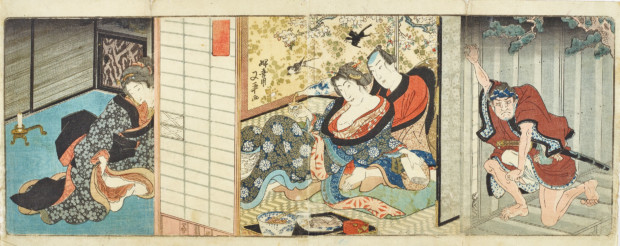
As the scenes may not be easy to understand in some cases, note the titles. The majority of shunga depict the sexual relations of ordinary people. Occasionally Dutch or Portuguese foreigners also appear. Courtesans also form the subject of many shunga.
![shunga: Suzuki Harunobu (c. 1725-1770) , Kyōdai no shūgetsu [ autumn moon on the mirror stand ], 1766. From the series Furyu Zashiki Hakkei [ Eight Views of Interiors ]. Color woodcut © Leopold Privatzammlung, Vienna; Photo: MAK / Georg Mayer](https://www.dailyartmagazine.com/wp-content/uploads/2017/02/1471569330120.jpg)
While most shunga were heterosexual, many depicted male-on-male trysts. Woman-on-woman images were less common but there are extant works depicting this. Masturbation was also depicted.
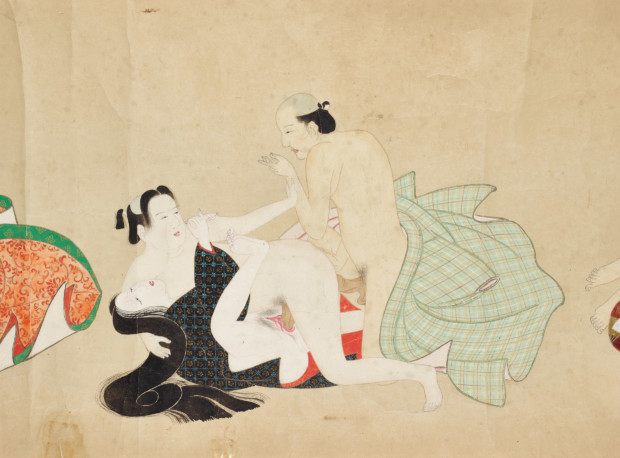
In almost all shunga, the characters are fully clothed. Nudity was not inherently erotic in Japan as people were used to seeing the opposite sex naked in communal baths. The clothing also helped the reader identify courtesans and foreigners, the prints often contained symbolic meaning, and it drew attention to the parts of the body that were revealed, that is the genitalia.
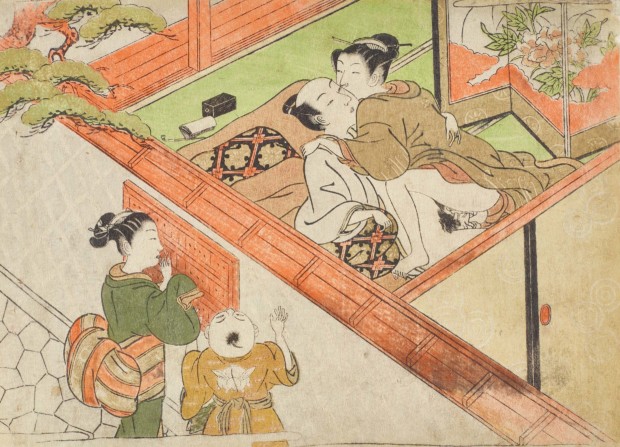
Regarding the genitalia – shunga couples are often shown in unrealistic positions with exaggerated genitalia. There is an interesting explanation for this; it increased visibility of the sexually explicit content. Moreover, the genitalia is interpreted as a “second face”, expressing the primal passions behind the everyday face, passions that women are obligated to conceal, and is, therefore, the same size as the head and placed unnaturally close to it, in an awkward position.
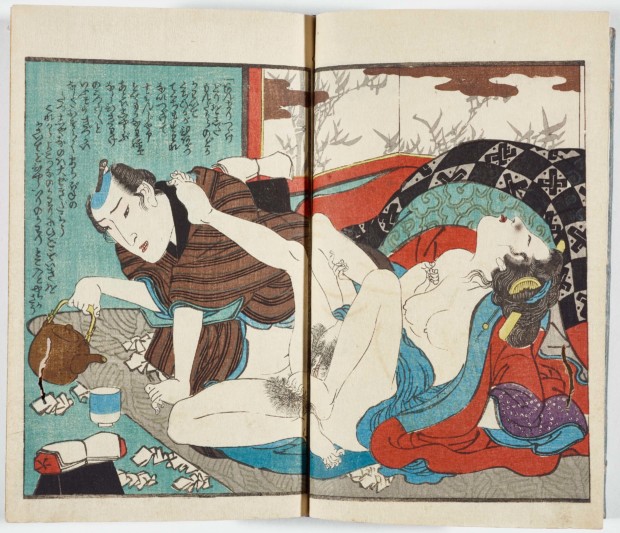
DailyArt Magazine needs your support. Every contribution, however big or small, is very valuable for our future. Thanks to it, we will be able to sustain and grow the Magazine. Thank you for your help!